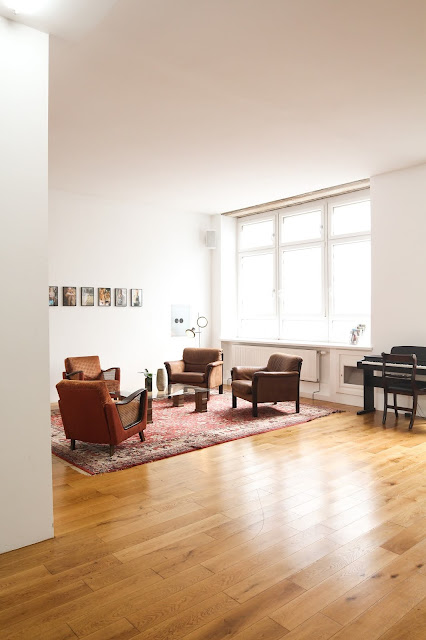Installing Hardwood Flooring over Concrete: Everything You Need To Know
When it comes to hardwood, you can choose from engineered or solid hardwood. Among the two options, engineered hardwood is more durable. It comprises layers of wood bonded together with strong adhesives, with the help of heat and pressure.
The best part? It can be used to cover concrete floors.
Here’s all you need to know:
When is this important?
One of the biggest reasons why you may want to cover the concrete with hardwood is its high resistance to humidity and other moisture issues. Solid hardwood is strong and durable and doesn’t swell or bend under pressure, compared to normal wood. It’s also said to be more stain-resistant.
Unlike carpets, concrete, and other flooring material, hardwood doesn’t trap pollen, dust, or dander. This helps you maintain cleaner indoor air quality. Even though concrete doesn’t have fibres to trap dust, it still has embossing and grout lines. These spaces serve as a home for all sorts of allergens. With hardwood, you can ensure a safer home for the family.
Hardwood is also far more versatile than concrete. You can try out a number of design options to make it match the interior design of the rest of the house. Whether you have a change of heart later on and change the furniture or the wall accessories, the hardwood would blend in just as well.
How to prep up the surface?
The first step is to always check the hardwood boards for any signs of warpage or defects. This is to prevent misalignment and any other issues later on. Your floor repair service will first acclimate the boards where they’re supposed to be installed.
Surface preparation is one of the most important steps. For this, you need to keep a check on all the expected moisture problems beforehand. This is because hardwood may expand or contract in the presence of excessive moisture. Make sure you choose an adhesive that doesn’t add to the moisture problem any further.
You also need to dry out the surface completely before the installation takes place. For this, you can ask your service to use vapor barriers and urethane wood adhesive products while they’re at it.
Acclimation
Before the final acclimation takes place, it’s important that the technician has measured the exact dimensions of the rooms and have used the right amount of flooring. Before commencing the installation, spreading a foam layer may help. This helps cushion the board against the concrete.
The process always starts from the back of the room and works towards the door. It’s better to work in small sections and see how it goes rather than applying the entire adhesive at once. Make sure some space is left between the flooring and the wall. This allows the wood to expand without changing shape.
Now that you’re well-versed with the process, head over to ABC Floor Sanding and Refinishing and book your appointment. We will refinish and repair any floor in London and Sarnia, Ontario area. Get in touch now.





Comments
Post a Comment